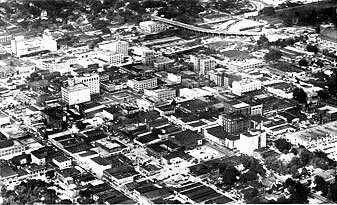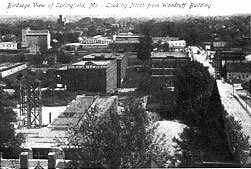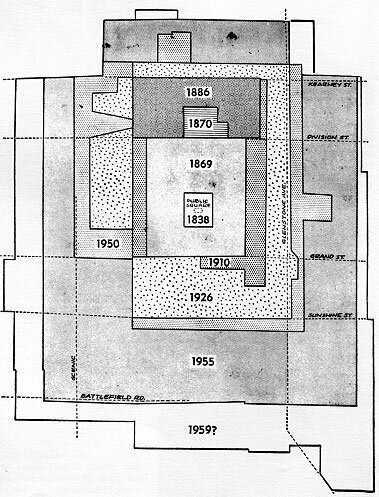

A period of industrial growth.
By 1940, the population of the city had reached over 60,000. In 1950, the figure was 66,000. But the following ten years saw a period of phenomenal growth, through both natural means and the annexation of close to 18 square miles to the city. By the start of 1959, the city had officially become a metropolitan area with a population of over 100,000.
Economic development was spurred by the rapid industrial growth during the 1950's and 1960's, as a number of national firms located plants here providing thousands of new jobs
By the 1970's the 1950 population had more than doubled, resulting in the city as we know it today . . . a "big country town" that offers the services of the larger metropolitan areas but few of the disadvantages.

